Earthquake Preparedness Is Peace Of Mind
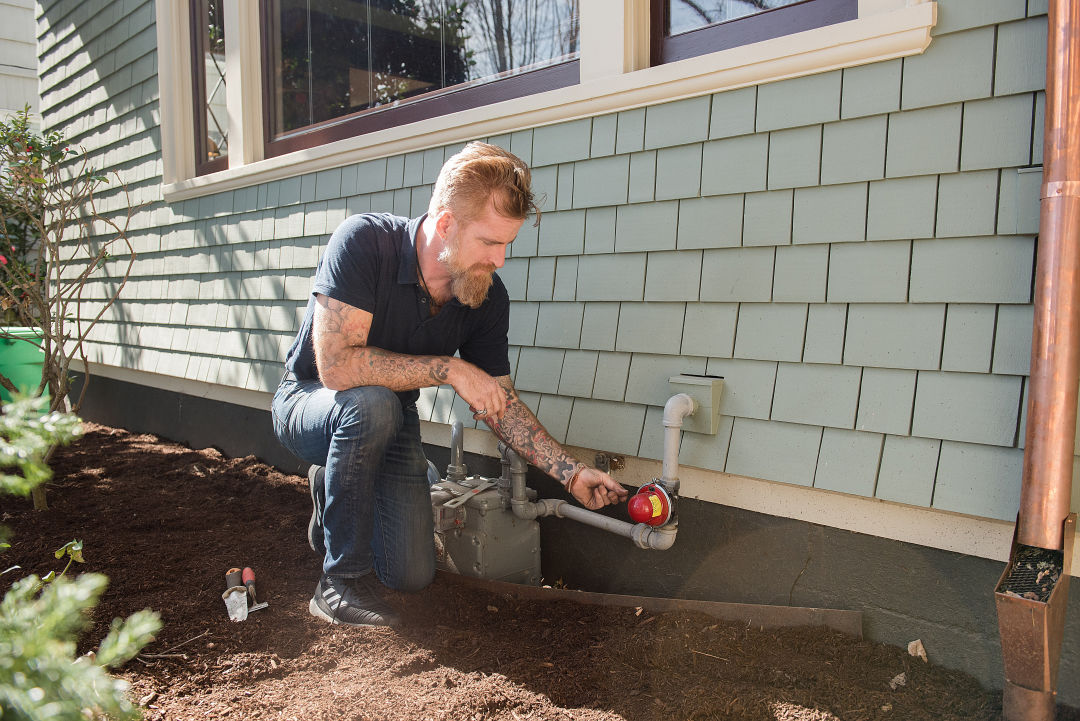
Steve Gemmell, founder of Earthquake Tech, installing a gas earthquake valve shut off.
Image: Courtesy Earthquake Tech
Research has shown that a magnitude 9 earthquake off the coast of Oregon has happened seven times over the past 3,500 years. Four of them have occurred between 200 to 400 years apart. And the last time the Cascadia Subduction Zone—the plate boundary that stretches across our region—triggered a seismic event was about 320 years ago in 1700.
Native Americans described the unfathomable experience as a struggle between Thunderbird and Whale as they tried to understand and give meaning to the event. Across the ocean, the Japanese experienced the byproduct of our megaquake—an event that they called The Orphan Tsunami.
But the modern-day Pacific Northwest has never experienced an earthquake of this size. The Good Friday earthquake in Alaska in 1964 measured in at a 9.2 magnitude, but we rarely look back to the event due to lack of population and media coverage. Unlike other regions where earthquakes are fairly frequent, Portland doesn’t have a cultural history of preparing for this type of disaster.
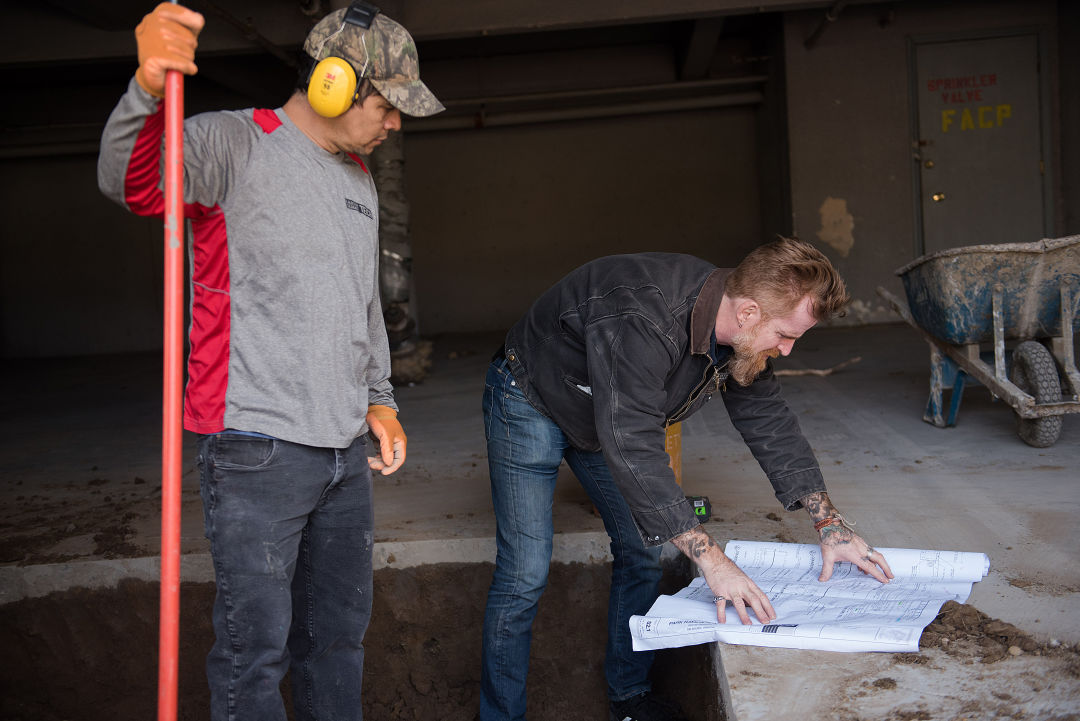
The Portland-based company specializes in seismic retrofitting, rehabilitations, and earthquake preparedness.
Image: Courtesy Earthquake Tech
I started Earthquake Tech, a Portland-based seismic retrofitting and rehabilitation company, in 1999 after I bought an old house and learned of the potential damage an earthquake could bring due to the lack of a structural connection between the house and its foundation. I also learned that most insurance companies require that a home have seismic retrofittings to qualify for an earthquake policy.
Seismic retrofitting was pretty novel back then. I found the general public was generally disinterested and a little bemused by the idea. Those who were aware of retrofitting were making budgetary decisions between a structural connection for their home and taking the family on Spring Break vacation.
Twenty years later, things are certainly different. Seeing the tragedy of the Indonesian tsunami in 2004 and watching our neighbors' experiences in Japan in 2011 has made preparing one’s home and family for a looming seismic event a whole lot more popular. The Cascadia Subduction Zone has gotten a lot of press, which is a good thing, but there’s more that needs to be done.
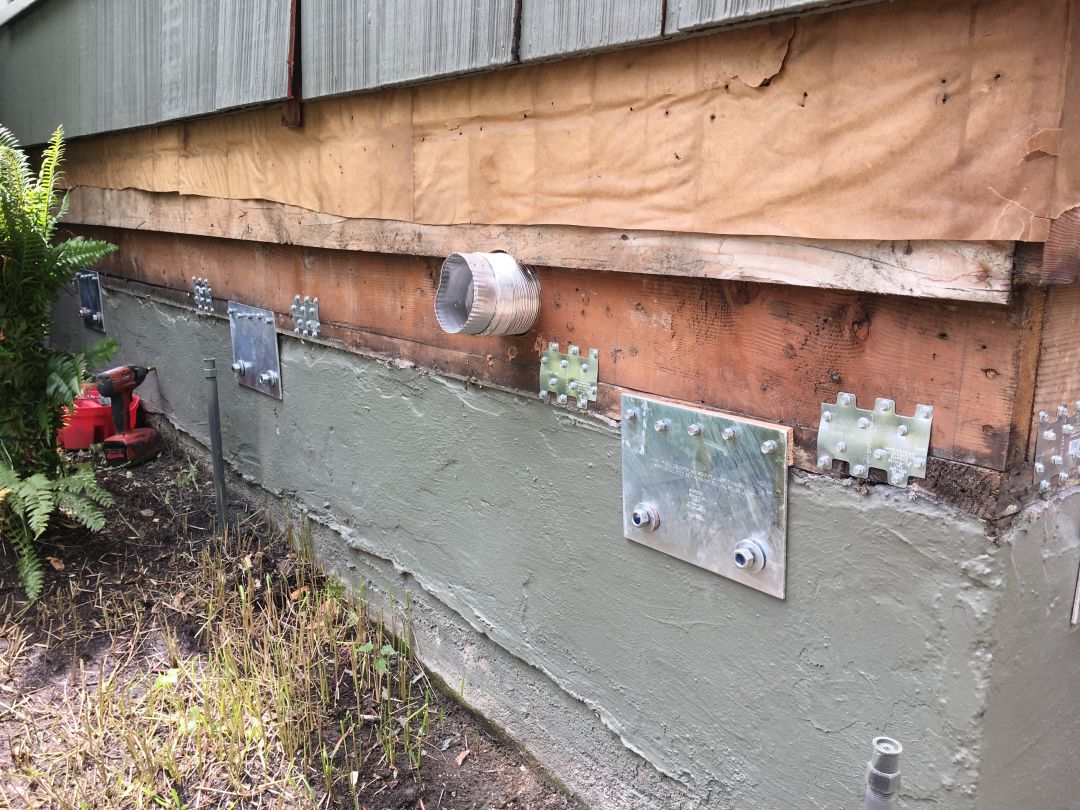
A residential seismic retofit underway from the outside
Image: Courtesy Earthquake Tech
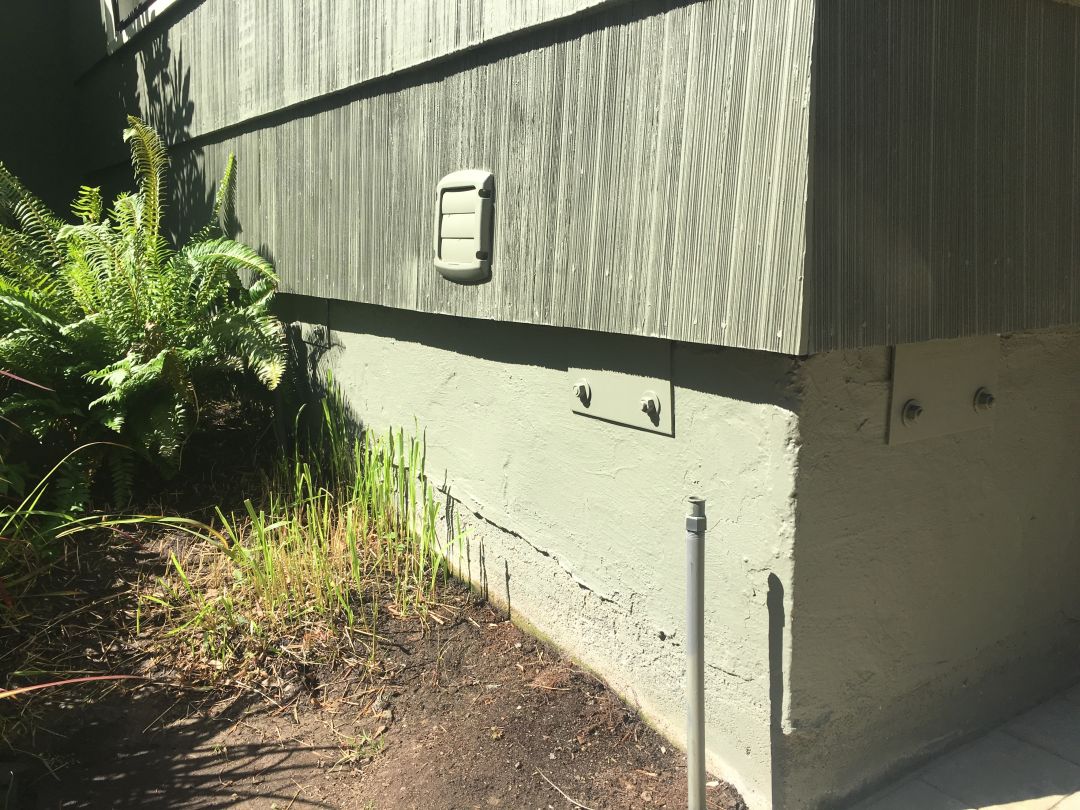
A completed seismic retrofit from the outside
Image: Courtesy Earthquake Tech
Bolting down your house and caching at least two weeks of food and water is a great start, but we need to make our individual preparation public. We need to imprint on those around us to create a culture of preparedness. We need to talk with our families, friends, and co-workers. Preparedness is something that needs to be seen and witnessed, and then others will start to take steps and follow suit. This is how we integrate actions into our daily lives and create a community of preparation. When these actions become the norm, strong communities recover much better.
We prepare for this worst-case scenario for peace of mind, for protection of the investments we have made here in our homes, families, and our neighborhoods, and for the resilience of this city we call home.
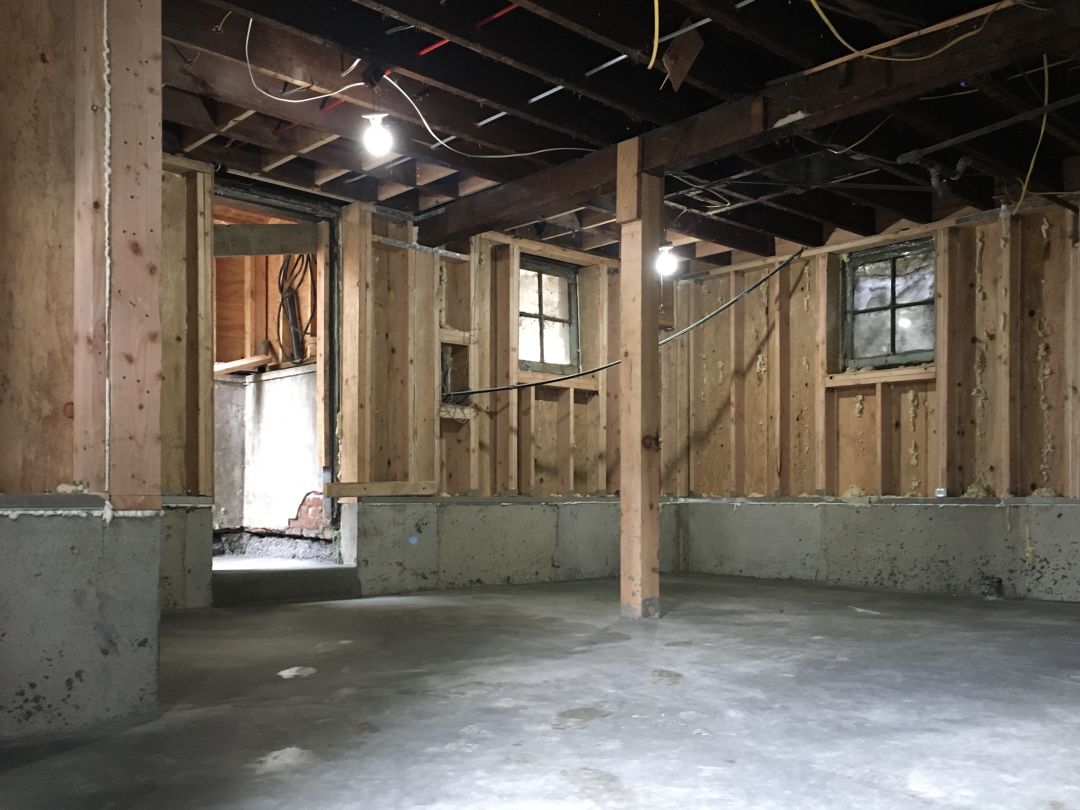
A more involved full foundation upgrade with added ceiling height
Image: Courtesy Earthquake Tech
At Earthquake Tech, we specialize in residential and commercial seismic retrofittings that can help prepare us for these worst-case scenarios. We also run a group out of our headquarters called the Portland Resiliency Plan, a community effort bringing the message of preparedness to all walks of life and age groups in the city of Portland.
To talk about preparing your home or business for safety or being part of the Portland Resiliency Plan, contact us at 503-284-4424 or [email protected].




